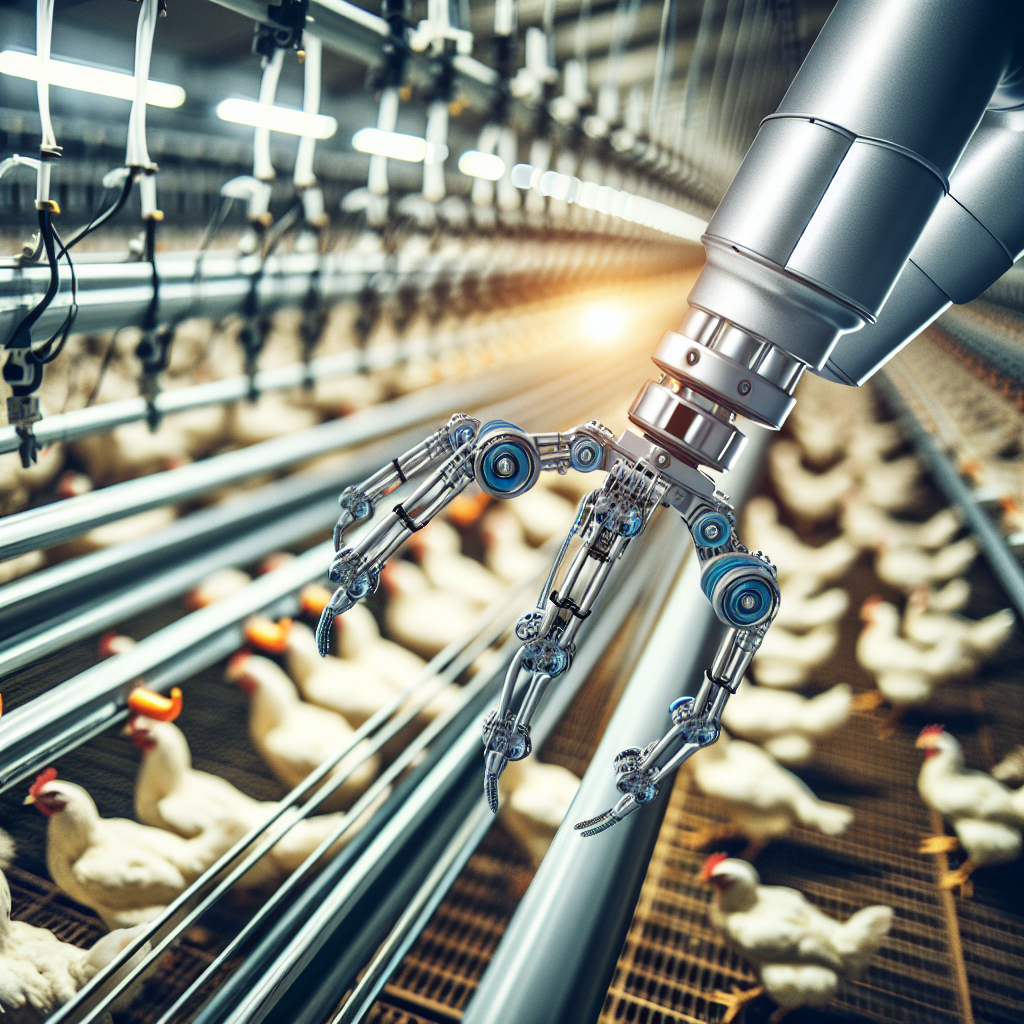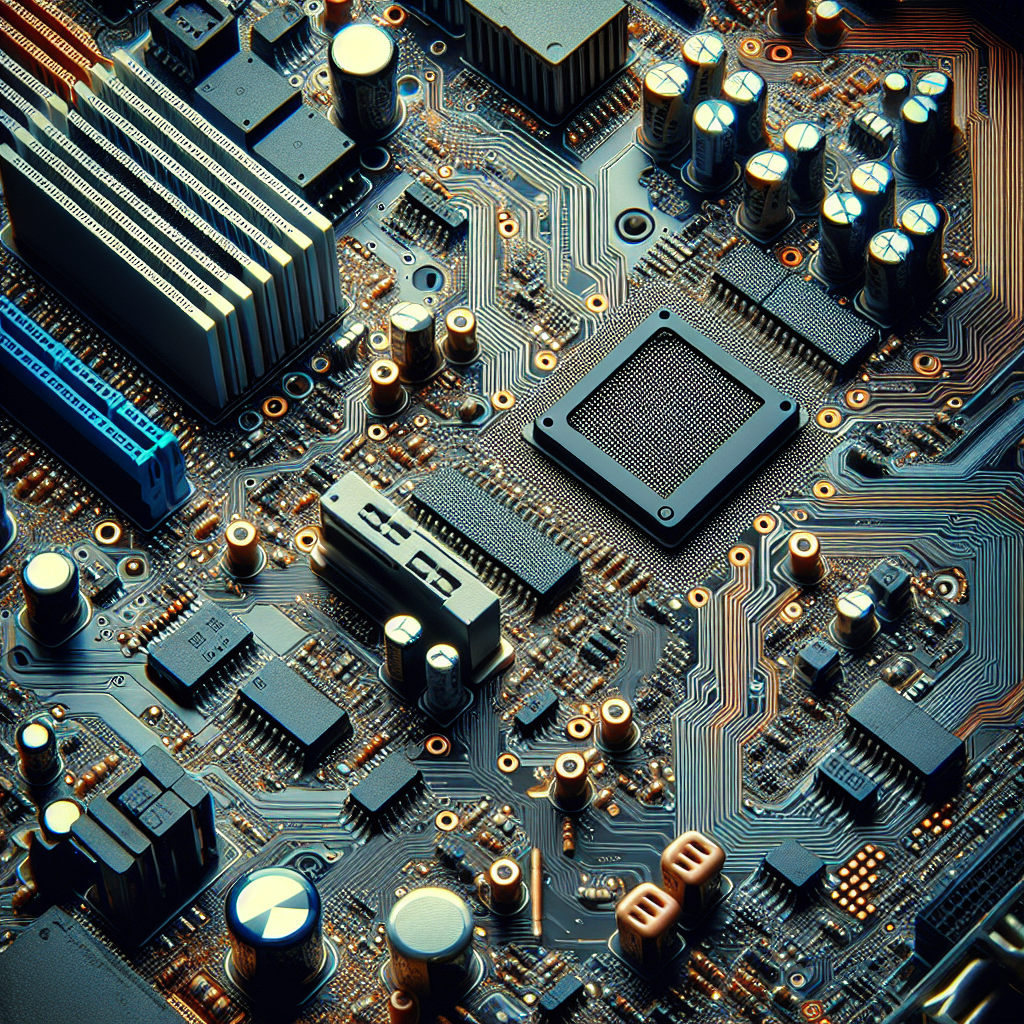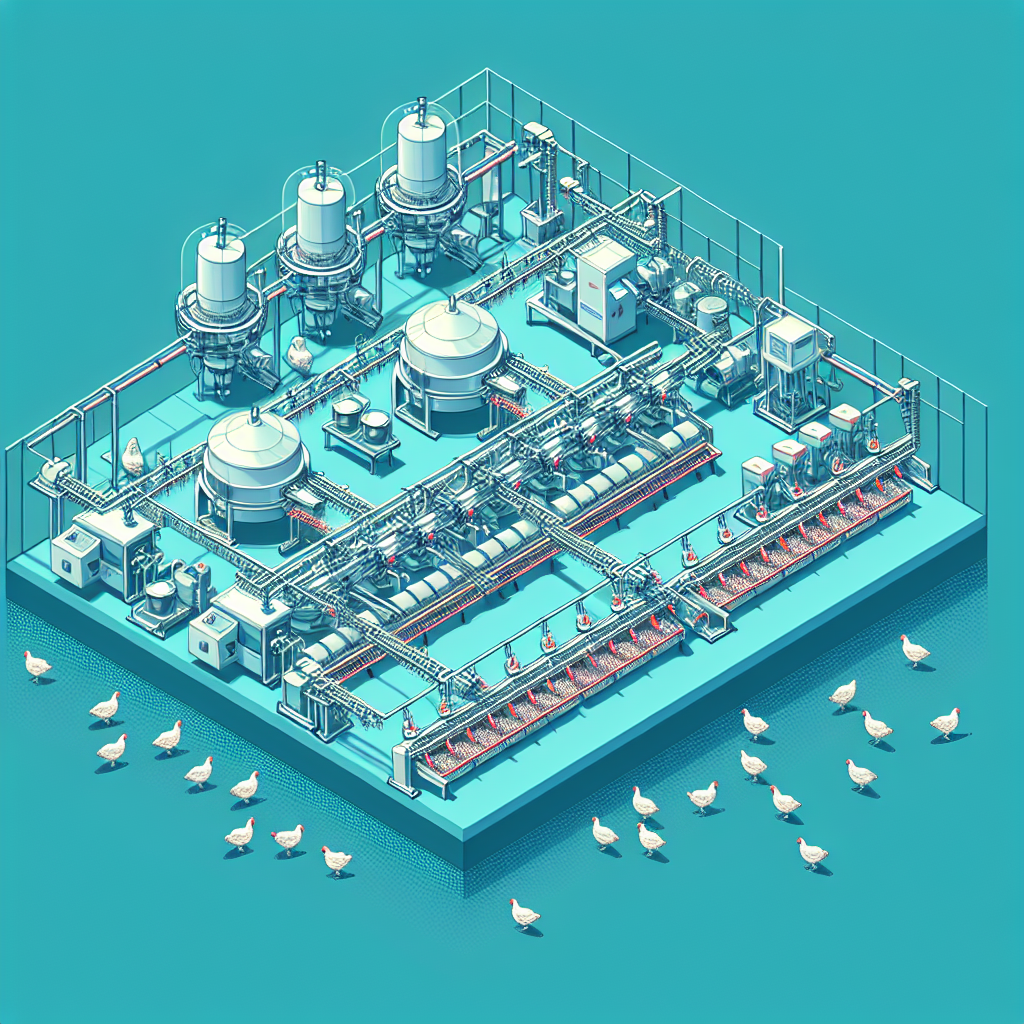Are you a farmer looking for ways to improve the conditions in your coop? Well, look no further! In this article, we will explore the fascinating world of smart sensors and how they can revolutionize the way you maintain temperature and humidity in your coop. These advanced sensors are designed to monitor and adjust these crucial environmental factors, ensuring that your poultry are always comfortable and thriving. Keep reading to discover the incredible benefits of incorporating smart sensors into your coop management routine.
Importance of Maintaining Optimal Coop Conditions
Maintaining optimal conditions in a coop is paramount for the health and welfare of livestock, as well as for maximizing productivity and performance. Coops can sometimes be subject to fluctuating temperatures and humidity levels, which can negatively impact the well-being of the animals.
Understanding Smart Sensors
Smart sensors play a crucial role in monitoring and maintaining optimal conditions in coops. These sensors are designed to collect data and provide real-time feedback on various environmental parameters, such as temperature and humidity. By utilizing smart sensors, coop owners can ensure the well-being of their livestock while also maximizing their productivity.
Definition and Functionality
Smart sensors are advanced devices that are equipped with various technologies to monitor and measure different environmental factors. These sensors can detect changes in temperature, humidity, air quality, and more. They collect data and transmit it to a central system or hub, where it can be analyzed and used to make informed decisions regarding coop management.
Types of Smart Sensors
There are various types of smart sensors available on the market that can be used to monitor coop conditions. Temperature sensors are one of the most basic and commonly used types. They are capable of accurately measuring the temperature within a coop and providing real-time data. Humidity sensors, on the other hand, play a crucial role in maintaining optimal moisture levels within the coop. Additionally, there are sensors that can measure air quality, carbon dioxide levels, and even detect the presence of harmful gases.
Monitoring Temperature Using Smart Sensors
Accurate temperature measurement is crucial for maintaining optimal coop conditions. Livestock are highly sensitive to temperature fluctuations, and extreme temperatures can lead to stress, decreased productivity, and even mortality. Smart sensors can help coop owners monitor the temperature inside the coop and take necessary actions to maintain it within an optimal range.
Accurate Temperature Measurement
Smart temperature sensors provide precise and reliable measurements of the temperature inside the coop. They can detect even slight temperature variations, allowing coop owners to identify and rectify any potential issues promptly. This accuracy ensures that livestock are kept in a comfortable environment that promotes their overall well-being.
Real-Time Monitoring
One of the key advantages of utilizing smart temperature sensors is the ability to monitor the temperature in real-time. This feature allows coop owners to stay updated on the current conditions within the coop and take immediate action if any anomalies arise. By having access to real-time temperature data, owners can make timely adjustments to the coop’s ventilation and cooling systems, thereby preventing any potential harm to the livestock.
Alert System for Temperature Fluctuations
Smart sensors can be programmed to send alerts or notifications when the temperature inside the coop goes beyond predetermined thresholds. This proactive approach ensures that any sudden temperature fluctuations are promptly identified and addressed, minimizing the chances of adverse effects on the animals. Coop owners can receive these alerts via mobile applications or email, allowing for immediate response and intervention.
Controlling Humidity with Smart Sensors
Humidity control is another critical aspect of maintaining optimal coop conditions. Proper humidity levels are essential to avoid the growth of mold and prevent excessive dampness, which can lead to various health issues for the animals. By utilizing smart sensors, coop owners can effectively monitor and control humidity levels within their coops.
Maintaining Optimal Humidity Levels
Smart humidity sensors allow coop owners to accurately measure and maintain the desired humidity levels inside the coop. These sensors can detect even slight variations in humidity and trigger actions such as activating humidifiers or adjusting ventilation systems accordingly. By maintaining optimal humidity levels, coop owners can ensure the comfort and well-being of their livestock.
Detecting and Preventing Mold and Dampness
Excessive humidity can lead to the growth of mold and create damp conditions within the coop, which can be detrimental to the health of the animals. Smart humidity sensors can detect increases in humidity levels beyond the recommended thresholds and alert coop owners to take appropriate measures. This early detection prevents the formation of mold, protects the animals from respiratory issues, and maintains a hygienic environment within the coop.
Integration of Smart Sensors in Coop Management Systems
The integration of smart sensors in coop management systems offers numerous benefits for coop owners. These sensors can be seamlessly integrated into existing HVAC systems to automate various functions, leading to efficient energy consumption and improved decision-making.
Automating HVAC Systems
Smart sensors can be connected to the coop’s heating, ventilation, and air conditioning (HVAC) systems to automate their operation. By utilizing data collected by the sensors, the HVAC systems can be programmed to adjust temperature and humidity levels automatically. This automation ensures that the coop maintains optimal conditions at all times, eliminating the need for manual adjustments and reducing the workload for coop owners.
Efficient Energy Consumption
Integrating smart sensors into coop management systems enables energy-efficient operation of HVAC systems. By continuously monitoring and adjusting temperature and humidity levels based on real-time data, the HVAC systems can optimize energy consumption. This not only reduces energy costs but also promotes sustainable coop management practices.
Data Analysis for Improved Decision-Making
Smart sensors collect vast amounts of data regarding coop conditions, such as temperature, humidity levels, and air quality. This data can be analyzed to gain valuable insights and make informed decisions regarding coop management. By utilizing data analysis tools, coop owners can identify trends, detect patterns, and optimize strategies to enhance productivity, animal welfare, and overall coop performance.
Benefits of Using Smart Sensors in Coops
The use of smart sensors in coops offers numerous benefits that positively impact both the livestock and the coop owners.
Improved Livestock Wellbeing and Performance
By maintaining optimal conditions for temperature and humidity, smart sensors ensure that the livestock are kept in a comfortable and stress-free environment. This, in turn, improves their overall well-being and performance. Livestock that are kept in consistent and optimal conditions experience reduced stress levels, heightened productivity, and healthier growth.
Reduced Costs and Energy Consumption
Smart sensors contribute to the reduction of costs associated with coop management. By automating HVAC systems and optimizing energy consumption, coop owners can significantly decrease energy expenses. Additionally, smart sensors help prevent potential issues, such as mold growth, which can lead to costly veterinary treatments or remediation processes. By detecting and addressing problems early on, coop owners can save on both financial and time investments.
Challenges and Limitations of Smart Sensors
While smart sensors offer numerous benefits, there are some challenges and limitations that coop owners should be aware of before implementing them.
Initial Costs and Installation
One of the significant barriers to adopting smart sensors in coops is the initial cost of the sensors and their installation. Depending on the size of the coop and the number of sensors required, the upfront investment can be substantial. However, it’s important to consider the long-term benefits and potential savings that can be achieved through the use of smart sensors.
Maintenance and Sensor Calibration
Smart sensors require periodic maintenance and calibration to ensure accurate and reliable readings. Coop owners should be prepared to allocate time and resources for the upkeep of the sensors. Regular maintenance involves checking and cleaning the sensors, as well as calibrating them to maintain accurate measurements. Additionally, coop owners should stay knowledgeable about the technology and be prepared to troubleshoot any issues that may arise.
Applications and Case Studies
Smart sensors have found successful applications in various coop settings, such as poultry farms, livestock housing, and aquaculture operations.
Poultry Farms
In poultry farms, smart sensors are used to monitor and control temperature and humidity levels in the coops. By maintaining optimal conditions, poultry farmers can promote the health and growth of their flock. Smart sensors also provide valuable data that can be utilized to detect any anomalies or disease outbreaks, allowing for timely interventions and preventing potential losses.
Livestock Housing
For livestock housed in barns or shelters, smart sensors offer the ability to monitor and manage temperature and humidity levels effectively. By ensuring optimal conditions, coop owners can create a comfortable and conducive environment for the animals’ health and productivity. Smart sensors can also help prevent respiratory issues and stress-related problems that may arise from suboptimal conditions.
Aquaculture Operations
In aquaculture operations, smart sensors play a crucial role in monitoring water parameters such as temperature and oxygen levels. These sensors provide real-time data that helps ensure the well-being of fish and other aquatic species. By continuously monitoring and adjusting water conditions, aquaculture operators can create an ideal environment for optimal growth and minimize the risk of disease outbreaks.
Future Trends and Advancements in Smart Sensor Technology
Smart sensor technology is continuously evolving, and several advancements are expected in the near future.
Artificial Intelligence and Machine Learning Integration
The integration of artificial intelligence (AI) and machine learning (ML) algorithms with smart sensor technology holds great promise. AI and ML algorithms can analyze vast amounts of data collected by smart sensors and identify patterns, trends, and correlations that may not be apparent to humans. This can lead to more accurate predictions and better decision-making for coop management.
Precision Farming and IoT
Smart sensors are expected to play a crucial role in the future of precision farming and the internet of things (IoT). With the integration of smart sensors, farmers can collect real-time data not only on temperature and humidity but also on soil moisture, nutrient levels, and other relevant parameters. This data can then be utilized to optimize farming practices, reduce waste, and enhance overall productivity.
Conclusion
Smart sensors offer an innovative and effective solution for maintaining optimal conditions in coops, ensuring the health and welfare of livestock while maximizing productivity and performance. By monitoring temperature and humidity levels in real-time and providing timely alerts, smart sensors enable coop owners to take proactive measures and prevent potential issues before they arise. The integration of smart sensors into coop management systems also promotes efficient energy consumption, reduces costs, and facilitates data-driven decision-making. While there are challenges and limitations to consider, the numerous benefits and future advancements in smart sensor technology make them an invaluable tool in enhancing coop management.




